Dear Nam-gil,
Do you remember how we used to joke—
that the smallest things hold the greatest power?
A grain of sand in the shoe of a giant,
a single crack in the dam,
a seed,
small enough to slip unnoticed into the seams of stone,
yet strong enough to split it apart,
given time,
given rain,
given the soft hymn of patience.
Today, as I painted the great flower on the wall,
I kept thinking:
What if the real masterpiece is not the image,
but the quiet knowledge it carries?
That even under the heaviest footfalls of power,
even beneath layers of command and decree,
the smallest seeds wait.
Wait, and push.
Wait, and rise.
You once told me,
“The seed does not know the weight of the stone;
it only knows the pull of the light.”
Nam-gil,
I wonder now if the stone fears the seed.
If the wall dreams of softness.
If the painted flower on the wall
is a reminder not only to us,
but to the wall itself—
that it was never as solid as it believed.
Tomorrow, someone may cover my work with grey.
They may scold, or warn, or pretend not to see.
But I know this:
the smallest seeds are already inside.
Inside the cracks,
inside the hearts,
inside the silence.
And they will grow,
because they must.
With brush in hand,
and faith in the smallest rebellion,
Hwan
Related Postcards
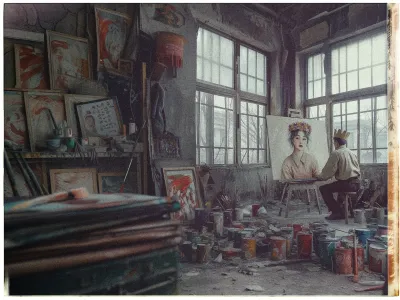
Crown of Unspoken Things
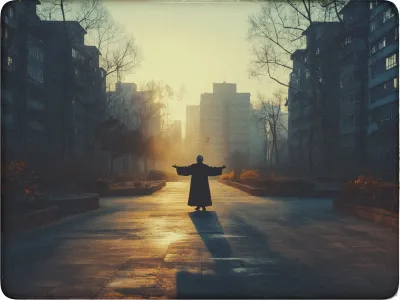
Ji-hye and the Woman of Dawn
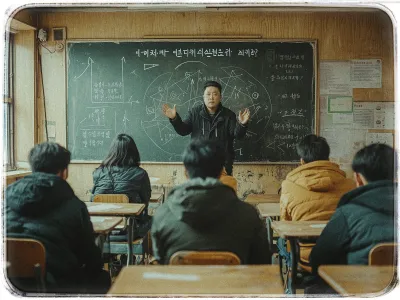
Silent Curriculum
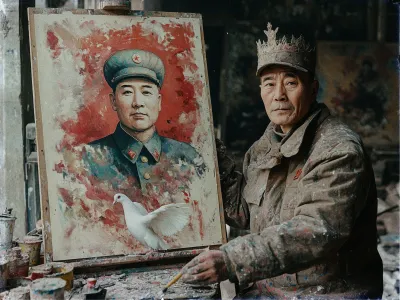

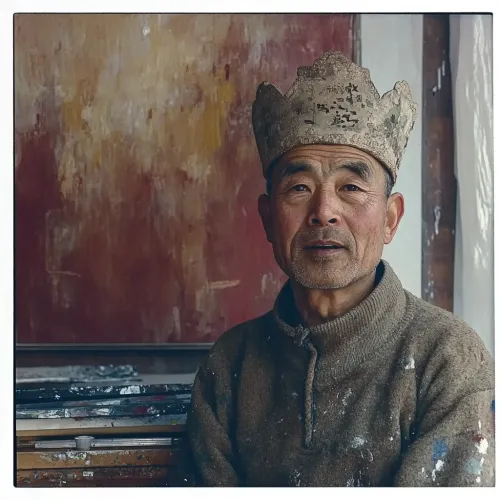 Hwan
Hwan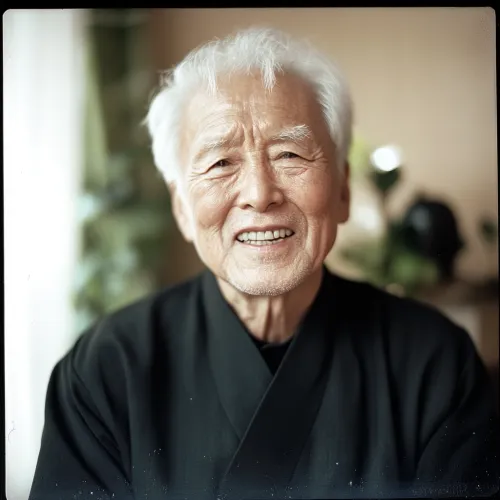 Nam-gil
Nam-gil
